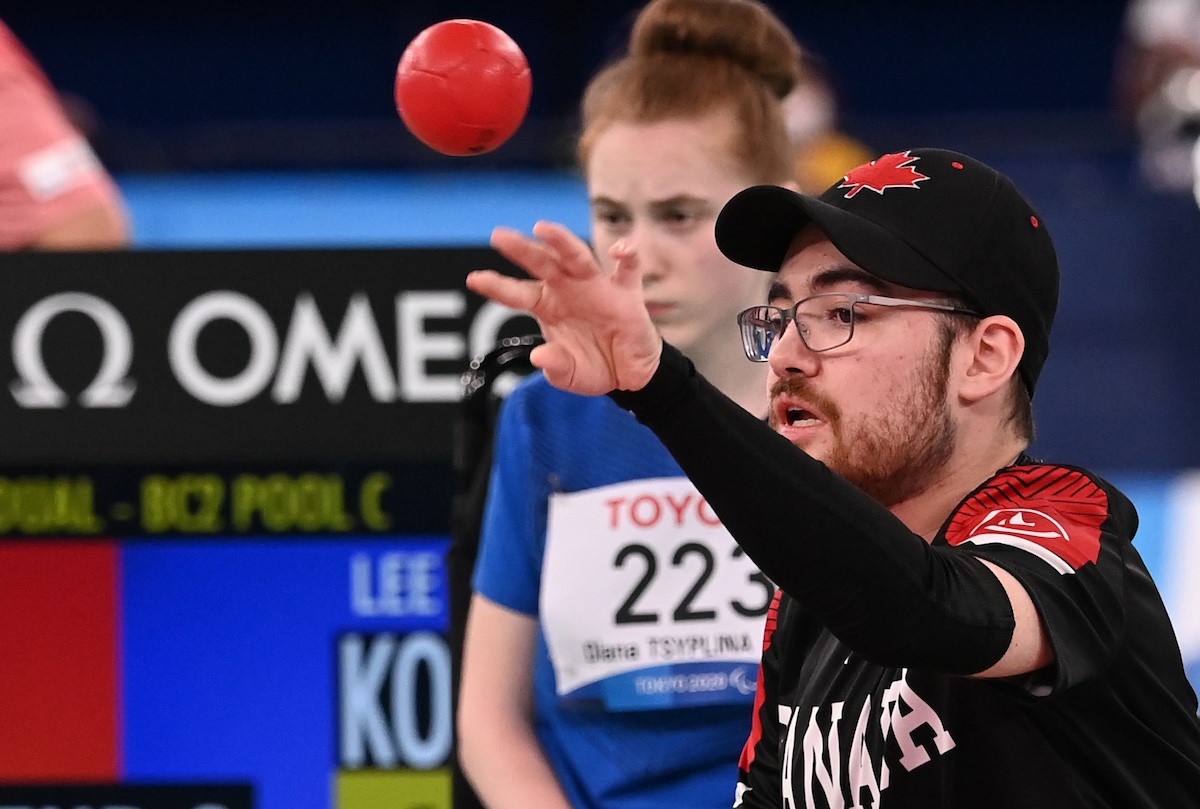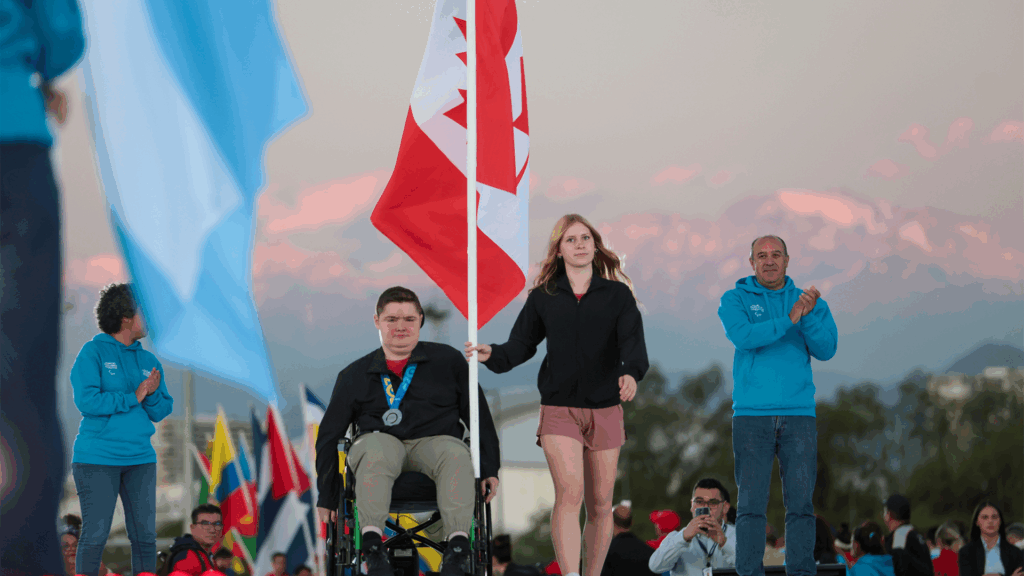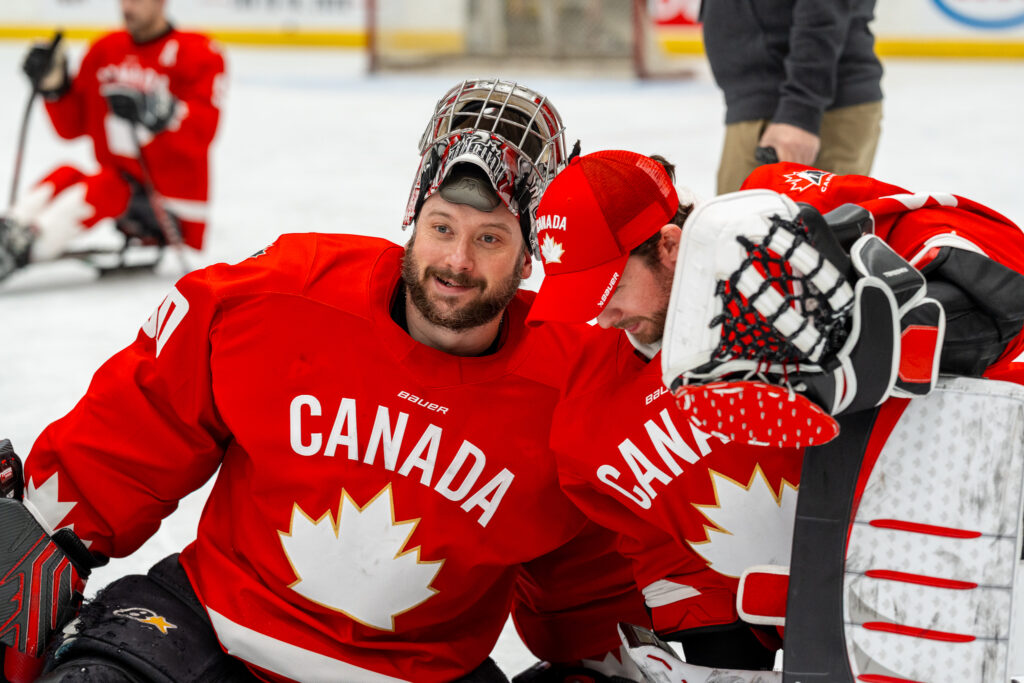Canadian players adapt to new rules in boccia as sport grows around the world
Men and women now compete in separate categories

MONTREAL – In October 2019, Alison Levine became the first woman to be ranked number-one in the world in the BC4 category in boccia. Back then, the boccia categories in individual competition were mixed – men and women played against each other.
However in 2021, World Boccia (formerly known as BISFed), the international governing body for the sport, laid down two new rules which have given the sport a whole new look as more and more players emerge on the international scene.
The individual categories will now be separated with a men’s tournament and women’s tournament in each of the four categories: BC1, BC2, BC3 and BC4.
Levine doesn’t expect the level of competition to decrease at the world championships, which take place this week in Rio de Janeiro.
“The split to the women’s division that happened right after Tokyo is a huge change for me,” said Levine, a two-time Paralympian from Montreal. “Initially I felt I started off with a leg up on my competition.
“Since this split, I’ve seen huge improvements with my female competitors and the level of skill has immediately shot up. I’m very challenged by my opponents, and you really see the growth of female athletes across all countries. It’s amazing to see.”
The second rule is for the pairs and team events. In pairs, each country must have two entries (one male and one female) only and are now not allowed to insert substitutes. For the team tournament, each team must have three players with at least one female and one male and one BC1 player.
In the past, coaches would be able to mix and match players for the pairs and team competitions depending on the opponent.
“These new rules in pairs and teams will have a big impact,” said Canada’s head coach Cesar Nicolai. “In the past I could look for the best mix against a specific country between three players but now it’s the same two players. So we have to implement strategies so that the two players perform together.”
In October 2020, World Boccia made another announcement regarding boccia balls. Competition balls must come from an approved supplier. The new regulation was designed to better ensure there is a level playing field during competitions. World Boccia has approved boccia balls from three suppliers.
Canadian Paralympian Iulian Ciobanu of Montreal says he’s had to adapt quickly to both the new balls and modifying the types of balls he uses in his set.
“It takes many years to get accustomed to boccia balls, to get the feel you need for them,” he said. “I’ve also added boccia balls that are much harder so I’m able to open up the game. So I’ve adapted to those boccia balls and that should give me more opportunities at the world championships.”
In boccia, balls are soft, medium and hard depending on what you need for your shot.
“So opening the game means creating space at the jack, to take control of the jack,” added Ciobanu.
Nicolai says these implementations are all due in part to the increase in popularity of the sport for people with a disability around the world.
“It’s really interesting to see the new athletes especially from Africa,” he said. “They had their first regional championships this year. There are new players from other countries as well and we’ve implemented a second circuit below the World Cup level. Two Canadians went to those events this year.
“Boccia is the fastest growing Paralympic sport right now, so I’m very positive about the future.”



"*" indicates required fields
"*" indicates required fields